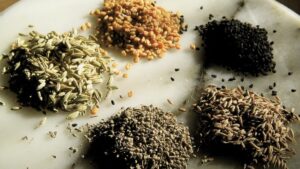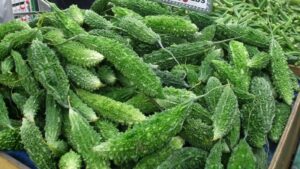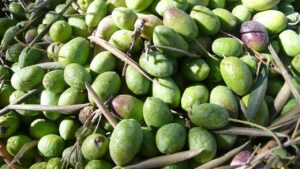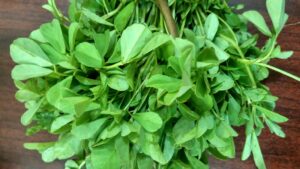Radhuni, Trachyspermum roxburghianum, scientifically known is considered to be one of the unique seeds which is a strong of all spices. It is sometimes compared with the carom seed.
It looks like the small minute brown color celery seeds. It is ajmod in Hindi and Radhuni in Hindi mostly used in South Asia and Indonesia.
If you can see then radhuni is one of the strongest spices in the Bengali cuisines. It comprises one of the spices in Panch Foron other than kalonji, fennel seed, fenugreek seed and cumin seed.
Only a small portion is being used with a cracking sound that is definitely giving you a nutty aroma with a strong spicy aroma. It has an earthy aroma with a slightly bitter flavor, earthy, savory and grassy.
It is certainly making the dal and other Bengali dishes perfectly likable in terms of unique delicacies. The only difference between the celery and radhuni is just one the lemony note.
It sometimes smells like parsley. In English though it is known as wild celery.
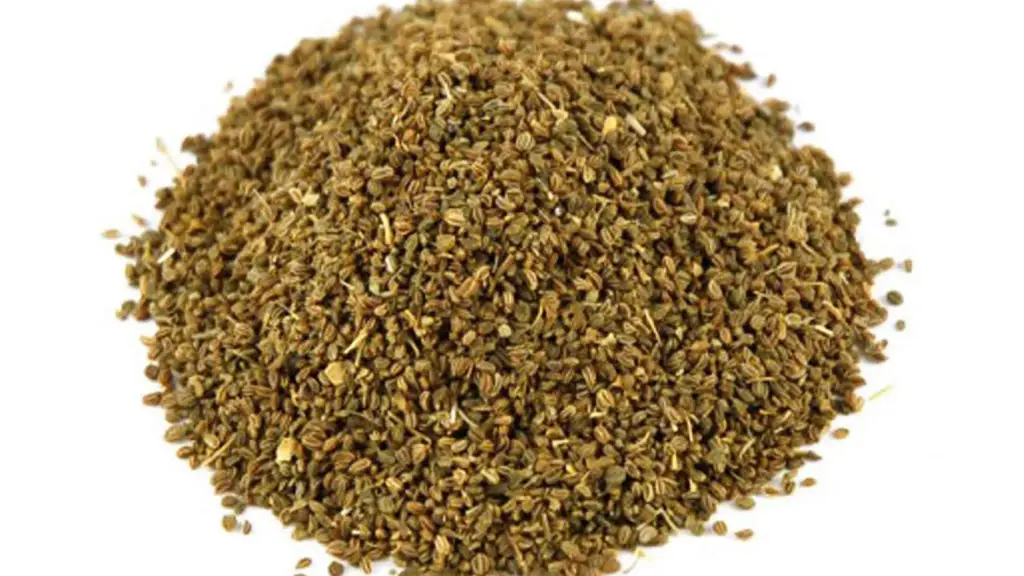
Uses of Radhuni in Bengali & Indian Cooking
The taste of Radhuni is somewhat like celery or parsley. It is simply having a taste that will be making each of the dishes perfect in every way.
Radhuni is mainly used in tampering and it brings out a sensational taste. You can check out some of the recipes where radhuni is being used properly.
This is a nice dish mainly served as one of the main dishes of Bengal. It has a mixture of drumstick, bori, brinjal, raw banana, papaya, potato and a sprinkle of Radhuni Phoron etc.
Mixed Veg Mustard Curry:
This is Radhuni tampering with the mixed veg and mustard paste. This is a light sabji.
Kalmi Saag Bhaja:
As usual Radhuni foron and Kolmi saag fry.
Kochu Saag Bhaja:
Arbi stems cut into pieces then fried and cooked with coconut, chola and other spices to make kochu saag bhaja.
Lau er Shukto:
Radhuni tampering with Lau and posto or poppy seeds paste. Together formulating a great combination.
Dhakaiya Chicken Tehari:
Chicken with rice mixed to form a polao like dish where radhuni phoron is being used.
Dhaniya Parwal:
Celery seeds are optional in dhaniya parwal but it is giving you the flavors that are good for the body.
Karela Daal:
Rahuni phoron or tampering in the daal with the kerala and masur.
Masoor dal:
After boiling the masoor daal you can tamper with the Radhuni phoron. It adds an awesome taste.
Radhuni phoron used for the potato and posto paste with chilis. It is an awesome combination with dal and steamed rice.
Dahi Mixed veg curry:
Radhuni phoron is used while preparing the veg curry mixed with dahi.
Moong dal with bitter gourd:
Bottle gourd with moong daal and mixed vegetables to make it a wonderful taste.
This is a long recipe but the tampering is done by the Radhuni phoron.
Mutton Kaala
Celery seeds paste is being used with other masalas in the mutton kosha.
Sweet potato egg curry:
Radhuni phoron is used while preparing the curry mixed with egg and sweet potato.
Radhuni Rui/Katla:
Radhuni phoron or tampering while cooking the fish with turmeric and ginger and cumin paste.
Questions & Answers:
When Should You Add Radhuni While Cooking?
Radhuni is mainly used for tampering and also used as paste for some of the cooking recipes.
Does Radhuni Make Food Spicy?
No, it does not make it spicy but it adds a flavour to it which is actually making your food much tastier.
What is the Taste of Radhuni?
Radhuni is giving you a nutty aroma with a strong spicy aroma. You can check out the best food aroma for it.


